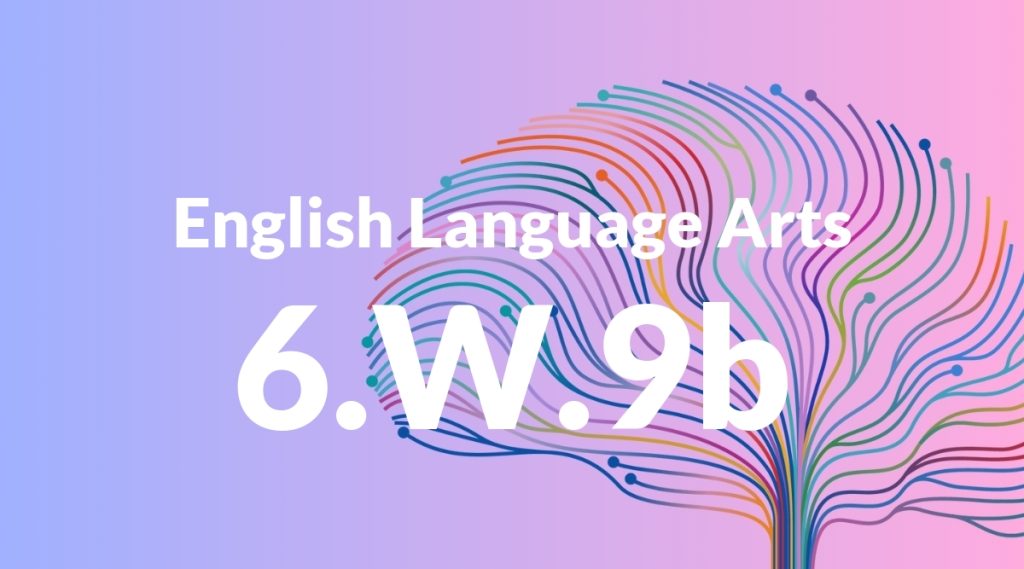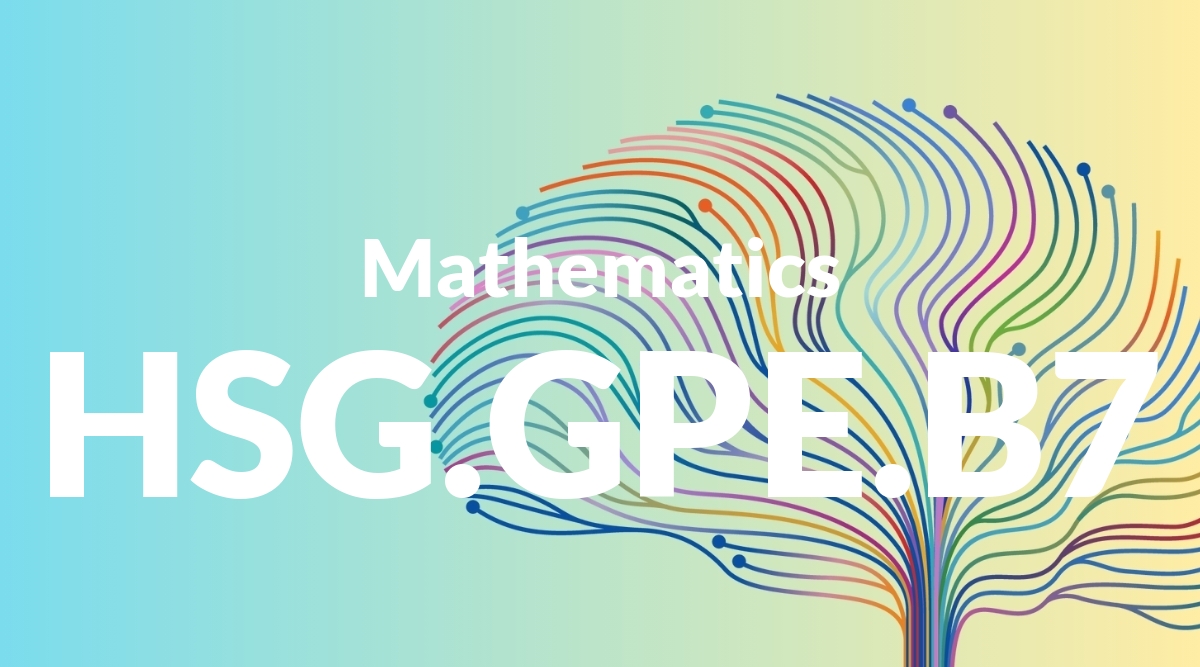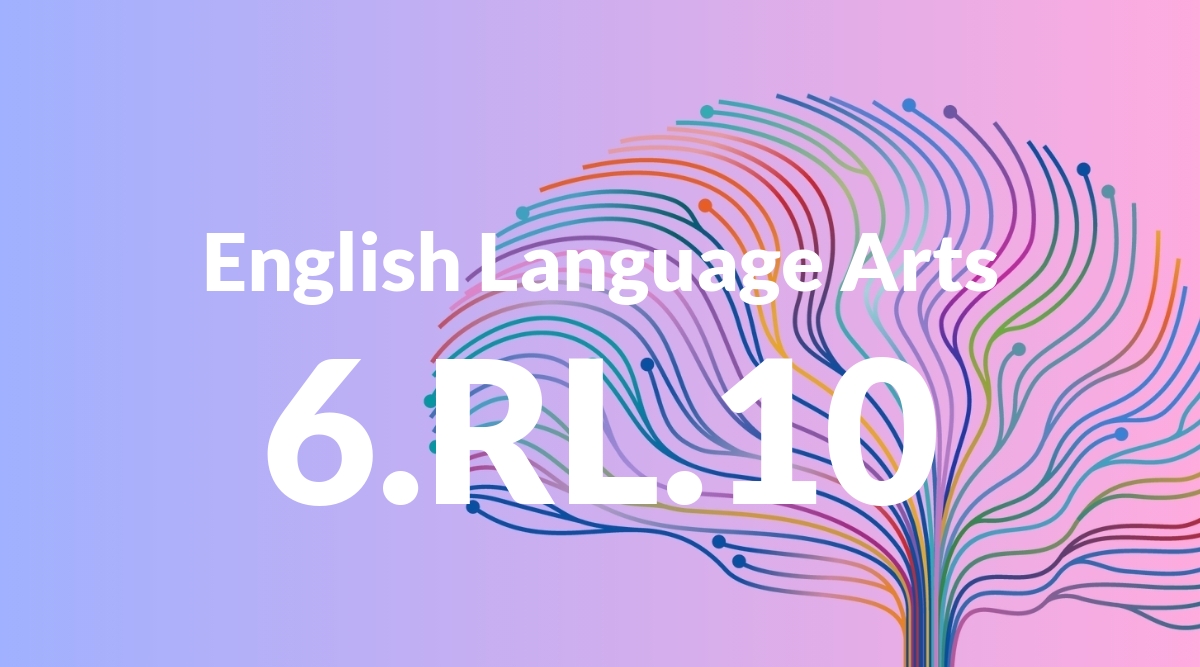Standard: 6.W.9 – Draw evidence from literary or informational texts to support analysis, reflection, and research.
Grade level: Grade 6
Subject: English Language Arts
Domain: Writing
Teacher Overview
This standard focuses on students’ ability to draw evidence from texts to support their analysis, reflection, and research. It is crucial for developing critical thinking and writing skills, which are essential for success in middle school and beyond. Students should be able to identify main ideas and supporting details in a text and have some experience writing summaries and responses to literature.
Mastering this standard will prepare students to develop more complex arguments, support their claims with stronger evidence, and conduct in-depth research projects.
Common Misconception 1
One common misconception is that any detail from the text can support their analysis. This is incorrect because only relevant details that directly support the analysis should be used.
Intervention 1
To address this misconception, provide practice with identifying relevant and irrelevant details through examples and non-examples.
Common Misconception 2
Another misconception is that personal opinions can be used as evidence. This is incorrect because evidence must come from the text itself, not from personal beliefs.
Intervention 2
To remediate this, emphasize the importance of textual evidence by demonstrating how it strengthens an argument compared to unsupported opinions.
Prerequisite Knowledge
Students should have a basic understanding of how to identify main ideas and supporting details in a text, as well as some experience with writing summaries and responses to literature.
Subsequent Knowledge
After mastering this standard, students will be able to develop more complex arguments in their writing, support their claims with stronger evidence, and conduct more in-depth research projects.
Instructional Activities
- Annotate a text to identify evidence supporting a theme.
- Write a character analysis essay using textual evidence.
- Create a research project using primary and secondary sources.
- Engage in a debate using evidence from texts to support arguments.
- Reflect on a historical event using evidence from informational texts.




